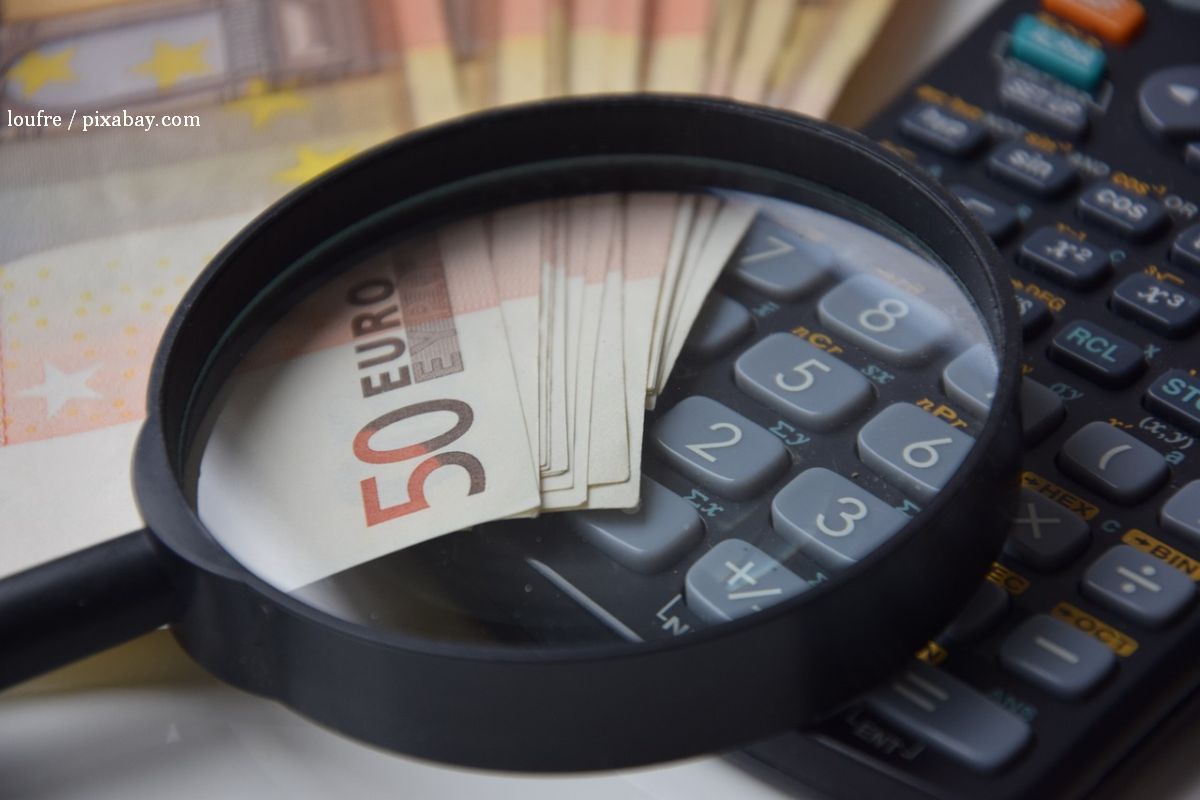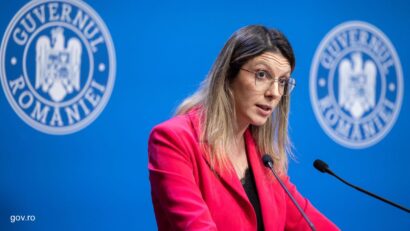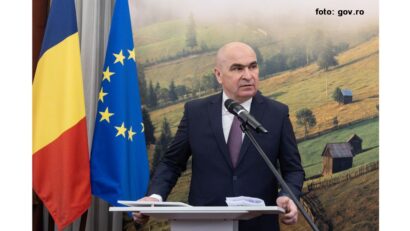Romania’s GDP stagnates
The Gross Domestic Product the main indicator for measuring the Romanian economy, grew by only 0.2% in the last year, according to data from the National Institute of Statistics.

Mihai Pelin, 16.05.2025, 14:00
Romania’s GDP stagnated in the first quarter of 2025 compared to the previous one, while compared to the same period in 2024 it registered an advance of only 0.2%, according to the National Institute of Statistics (INS).The stagnation occurs in a context of a sharp economic slowdown, negative revisions of growth in 2024 and pessimistic forecasts for the current year.
The budget for 2025 was based on an economic growth of 2.5%, which would bring a 16% increase in state revenues. Financial analyst Adrian Codirlaşu believes that, at present, amid political and economic uncertainties, the probability that Romania will experience a slight recession this year has increased quite a lot. Adrian Codirlaşu: “I anticipated, last year, that the risk of having a recession in 2025 was quite high. And we see how the economy continues to slow down in the first quarter. Basically, compared to the previous quarter, on seasonally adjusted data, it is at zero, and compared to the same period of the previous year there is an increase of only 0.2%, therefore, extremely low. And now, given the very high uncertainty, I would see the risk as being even much higher, and I would say that recession is the main scenario in Romania this year.”
The INS estimate comes in the context in which Romania already is in a delicate fiscal situation, with a budget deficit of over 9%. The commitment made to the European Commission is to reduce the deficit to 7% of GDP in 2025, but this objective seems increasingly distant in the absence of solid economic growth and concrete measures to either reduce spending, increase revenue, or both. Strong economic growth would help Romania reduce the budget deficit by increasing budget revenues, including by collecting VAT, which is quite low, according to experts. Higher revenues would allow the state to support public spending and fulfill its fiscal commitments to the EU.
A week ago, the Romanian Minister of Finance, Tanczos Barna, said that although the situation is not easy, it is not serious either, and he downplayed the importance of official statistics published by the ministry he heads. He said: “We have situations with payments, with interests that are fluctuating and are not linear from month to month. So it is a bit misleading to analyze the deficit every month.” Previously, he issued an order to prioritize the payment of pensions and salaries in institutions, over other expenses. According to experts, the best chance to avoid recession is a very high absorption of European funds. The National Recovery and Resilience Plan (PNRR) will not be postponed at the European level, therefore Romania must attract the allocated funds by 2027 at the latest. Otherwise, money will be lost. So far, Romania has attracted only 9.4 billion euros out of the total of 28.5 billion, which represents approximately a third of the funds. Romania needs to take concrete measures to increase the absorption of European money, which is essential for its development. (EE)






























